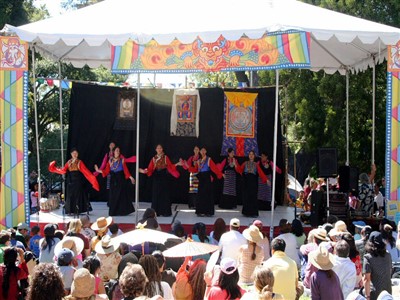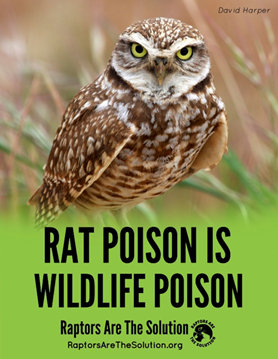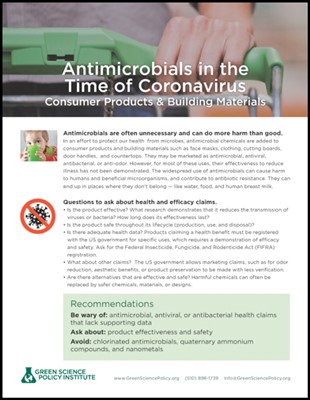May 2022 Newsletter: Vote for Healing the World
Hello!
|
I’m delighted that the Himalayan Fair is happening May 21, 22, 2022 following a three-year break due to rain and Covid. Please join me to enjoy Himalayan crafts, food, music, and dance. Please stop by my booth under the big tree northeast of the stage to say hello and possibly help out. I started the Fair 39 years ago after enjoying many festivals as I trekked across Bhutan, Sikkim, Nepal, and India. I hope to see you at the Fair this weekend. I am honored to be receiving an honorary degree and giving a commencement address at the University of San Francisco Saturday morning. My topic will be Tikkun Olam, which means “healing the world” in Hebrew. I will talk about examples from my own life I will also speak about the current global struggle between autocracy and democracy and the importance of voting and encouraging others to vote. I hope you will consider supporting organizations working in communities to increase voter registration and voting. And the sooner we can give our support the better. An outstanding organization is Vote-ER.org, which facilitates voter registration at emergency rooms and health clinics. Many of the people who use such services are not registered to vote, so this is an important opportunity for them to get registered. VoteER I want to again recommend the eloquent Letters from an American by historian Heather Cox Richardson. Her nightly messages help me understand the present with perspectives from the past. Her recent Mother’s Day message explained the history of the holiday, which was tied to a women’s political movement in the 1870s. Heather urged her readers to honor the conviction of the holiday’s founder that women’s voices should be heard.
For some happy news, the woman climber Alpha Karina Arrué became the first Salvadoran to summit Mt Everest on May 11. I am happy to have had the opportunity to speak with her to encourage her to achieve her dream as she trained for the climb. Her success should provide inspiration to young women in El Salvador and beyond. Finally, after receiving the American Alpine Club’s highest honor at their March gala in Denver, I was interviewed about my adventures in mountaineering and science. You can read the article on SFGATE. Warm regards, Arlene |
Raptors are the SolutionWhile you might consider rats as pests, beloved pet cats and dogs, birds of prey, foxes and other wildlife see them as delectable treats. That’s why rat poison can be dangerous and counterproductive. Once a rat eats a toxic rodenticide, the poison becomes a lethal part of the local food chain. The poisoned rat poses a grave threat to wildlife, ecosystems, pets, and even children. In other words, rat poison isn’t just rat poison. And due to lax regulation and loopholes, some of the worst of the worst anticoagulant rodenticides continue to be used. Rat poison leads to terrible inadvertent consequences–it kills the very predators that keep the rodent population in check. A much better and more humane solution is to protect raptors–owls, hawks, eagles, and other birds and predators that feast on rats. That’s the goal of Raptors Are the Solution (RATS), a project of Earth Island Institute. RATS was founded in the San Francisco Bay Area in 2011 after Cooper’s hawks began falling dead on the streets from eating poisoned rats. They are doing important work educating people about the beneficial role of birds of prey and about the danger they face from the widespread use of rat poison. I am honored to be on their scientific advisory board. Thriving raptor populations will control rat populations and help keep our ecosystems, pets, and children safe. According to RATS, better measures against rats include:
You can learn more about this organization and supporting these magnificent birds here. |
Why are Flame Retardants in Children’s Car Seats?By Lydia Jahl The Ecology Center, our Institute, and others have been working for years to change regulations leading to the use of toxic chemicals in children’s car seats. Despite recent progress, the report from the Ecology Center revealed that more than half of tested car seats still contain harmful chemicals such as PFAS and flame retardants. These chemicals can concentrate in dust, exposing children and adults. The Ecology Center found that 21% of tested car seats had fabrics containing elevated levels of organic fluorine, which indicates PFAS usage. At our Institute, we believe that the potential health and lifecycle harm of PFAS are not worth the small convenience of having waterproof or stain-repellent fabrics. Also, our research is showing that the PFAS may not work as well as intended in preventing stains. Flame retardants are used in children’s car seats to meet US Federal Motor Vehicle Safety Standards 302 (FMVSS 302). This outdated standard has not been demonstrated to provide a benefit in increasing the fire safety of children’s car seats. Harmful flame retardants which can end up inside infants and children are used to meet FMVSS 302. The standard can be better met with flame-resistant fabrics rather than toxic chemicals. However, flame retardants are more affordable than expensive fabrics, so less costly car seats usually contain these harmful chemicals. Thus, children from lower income households may have higher levels of exposure. The Ecology Center’s testing revealed that 55% of tested U.S. seats contained an array of flame retardants. Car seats from the EU had much lower levels of flame retardants because of their different flammability standard. Children’s car seats are necessary for safety, but they need to be free of harmful chemicals and affordable. To find out which car seats do not use PFAS or flame retardants, read Ecology Center’s full report here, and show your support by signing their petition. |
Avoiding Both Harmful Antimicrobials and COVID-19by Anna Soehl Yet another adverse impact of the pandemic is the overuse of antimicrobials due to concerns around contracting COVID-19 from surfaces. For example, the large family of widely used antimicrobials called quaternary ammonium compounds (QACs or quats), is associated with adverse health effects including asthma, allergen sensitivity, skin irritation, as well as respiratory, nervous system, immunological, reproductive and developmental effects. Because of this, Biomonitoring California’s Scientific Guidance Panel recently voted unanimously to include the entire class of QACs on their priority chemicals list, a first step towards their possible regulation. Disinfectants with less potential for health harm include those based on hydrogen peroxide, alcohol, citric acid, or lactic acid. The San Francisco Department of the Environment’s web tool lists disinfectants that contain safer ingredients approved by US EPA against COVID-19. Please share this information with those in charge of cleaning products. Also, you might like to check out our fact sheet Antimicrobials in the Time of Coronavirus: Consumer Products and Building Materials, our Six Classes video on antimicrobials, and this fun illustrated one-minute video on the Florence Statement on triclosan and triclocarban. |
Green Science Policy Institute in the Newsby Rebecca Fuoco  We communicate our science to a wide audience. You can too. Below are recent news articles, blogs, podcasts, newsletters, and more that have featured our Institute’s work and expertise.
|
CalendarMay 21, 2022, 9:00am Pacific: Arlene Blum will receive an honorary doctorate and deliver the commencement address to University of San Francisco graduates receiving degrees in the Humanities and Sciences from the College of Arts and Sciences. May 21 & 22, 2022: Enjoy the food, music, dance, crafts and arts of the Himalayas. Profits to Himalayan charities. Contact Arlene@ArleneBlum.com if you’d like to volunteer to help out at her booth under the big tree northeast of the stage. Please do stop by her booth to say hello and enjoy the Himalayan entertainment. More information about the Himalayan Fair is here. |




